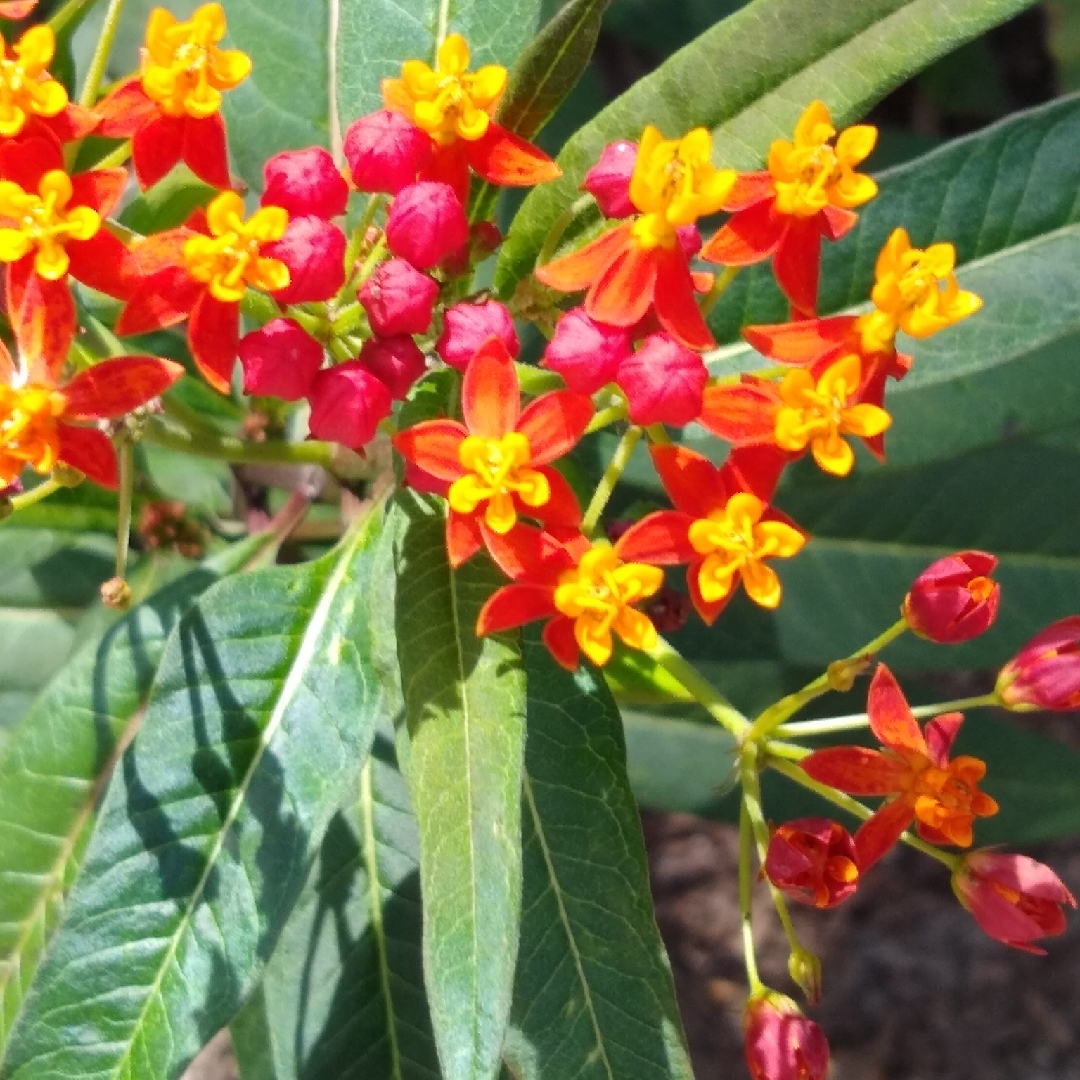
Asclepias curassavica
Tropical Milkweed
Asclepias curassavica is excellent in butterfly gardens or as a cut flower. However, when the stems or leaves are broken, a poisonous milky sap exudes which can cause eye injury. There are a number of different cultivars with improved flower colors and shorter habit, some have brilliant red, yellow or orange coloured flowers. It boasts attractive, exotic, bi-coloured orange-red and yellow flowers and it blooms freely in mid-summer. The flowers are followed by long narrow seed-pods that when they split open, reveal seeds with long silky threads.. Requires well-drained slightly sandy and acidic soil.
-
Full sun to partial shade
-
Occasional watering
-
A little frost hardy: 32F (0°C)
-
Light and free draining
Common name
Tropical Milkweed
Latin name
Asclepias curassavica
type
Herbaceous Perennials
family
Apocynaceae
ph
5.0 - 6.5 Acid - Neutral
Plant & bloom calendar
-
Best time to plant
full grown dimensions
 0.50 M
1.50 M
0.50 M
1.50 M
Asclepias curassavica
Asclepias curassavica is excellent in butterfly gardens or as a cut flower. However, when the stems or leaves are broken, a poisonous milky sap exudes which can cause eye injury. There are a number of different cultivars with improved flower colors and shorter habit, some have brilliant red, yellow or orange coloured flowers. It boasts attractive, exotic, bi-coloured orange-red and yellow flowers and it blooms freely in mid-summer. The flowers are followed by long narrow seed-pods that when they split open, reveal seeds with long silky threads.. Requires well-drained slightly sandy and acidic soil.
Planting
From Early Spring TO Early Spring
These are frost tender plants thus in temperate climates, they are best grown in containers, cut back in the autumn and brought indoors to a frost-free area for the winter. If planting out in warmer climates, they require and acid soil, light and well drained.



























